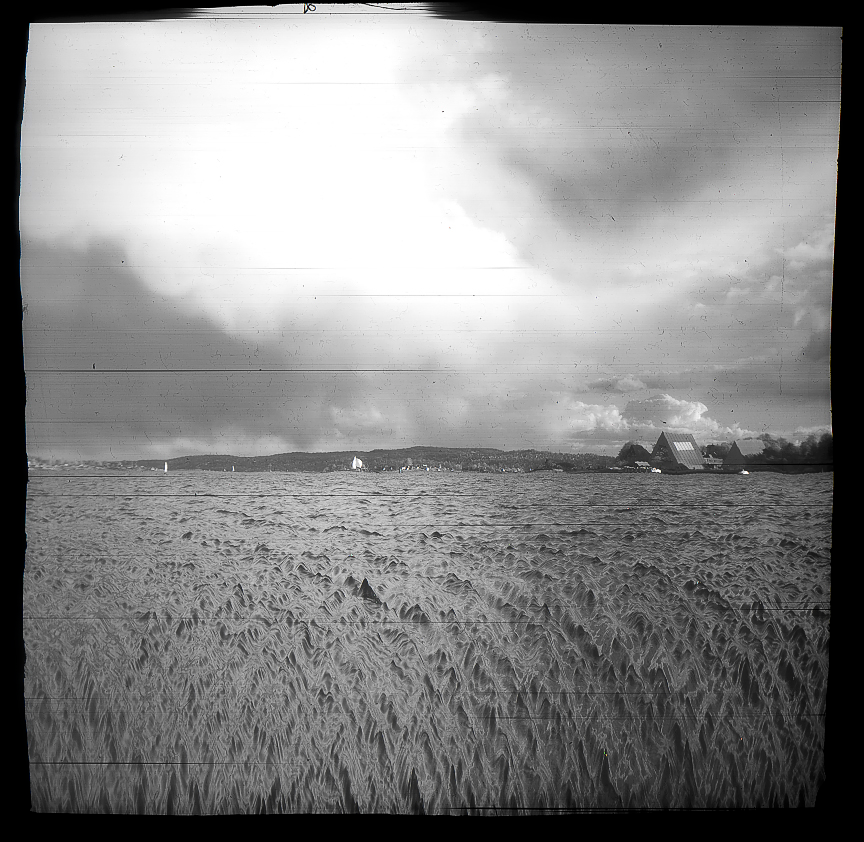this post was submitted on 28 Jul 2024
218 points (97.4% liked)
Photography
4404 readers
36 users here now
A community to post about photography:
We allow a wide range of topics here including; your own images, technical questions, gear talk, photography blogs etc. Please be respectful and don't spam.
founded 1 year ago
MODERATORS
you are viewing a single comment's thread
view the rest of the comments
view the rest of the comments

In addition to scanning left to right, your scanmra must also have a decent readout delay for a given horizontal location top to bottom (or bottom to top?).
Excellent photo, as always. Water is a excellent subject for this type of camera. I wonder what a busy road at night would look like.
As for busy road at night, I’m afraid that with this way of doing scanning photography it would be quite uninteresting. The motion is way too quick, and cars would render as with either weird vertical lines or very small diagonal squiggles, depending on which direction you scan.
I suggest looking up some talks by the Italian photographer Adam Magyar, he’s done some great talks on transchronologal (?) photography, and is a great artist himself.
You might be surprised, especially if you find a busy multi-lane road. LED light on cars is generally PWM, so your camera will pick the strobing up. Add in strobes from multiple vehicles and it might even get interesting.
Thanks for giving me a name to go down a rabbit hole with!